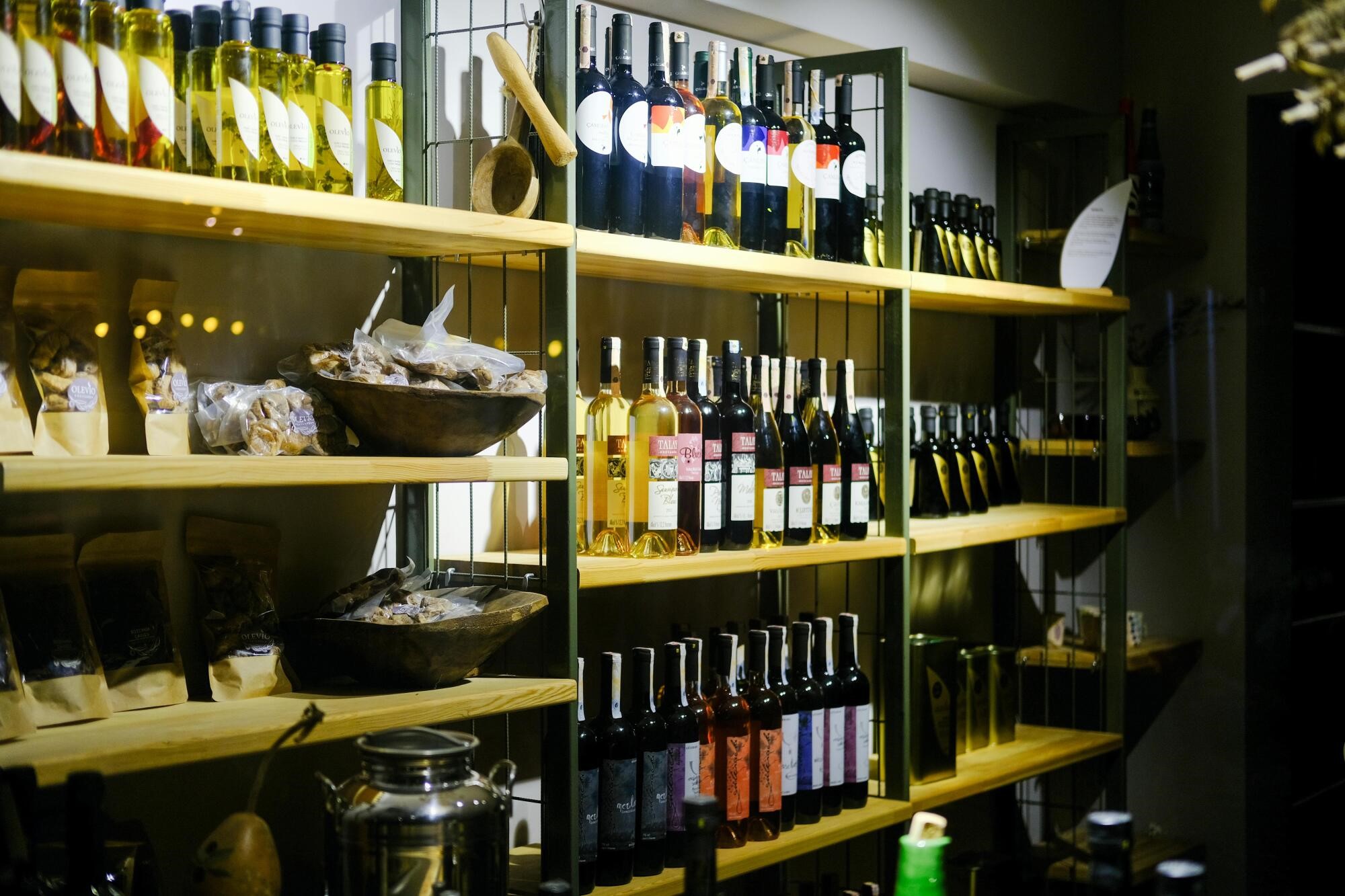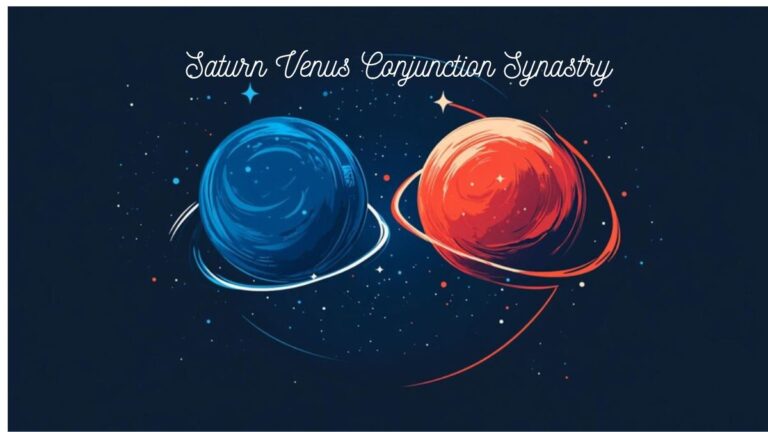A Beginner’s Guide to Understanding Wine Bottle Labels
Have you ever wanted to be the person who confidently chooses the perfect wine in a high-end restaurant? Or someone who turns up at a dinner party with a wine that impresses the host so much that they take a photograph of the label so they can buy it again?
It might seem like you need years of training to know about wine, but you don’t. Being able to translate the information on wine bottle labels is an easy shortcut to knowing what to buy. Here is a short guide to help you.
Labeling the Wine Origin
Part of choosing wine is learning about the region where the grapes grew. As you discover wine, this origin will be increasingly important, with each region offering subtle but unique tasting notes.
The most experienced wine connoisseurs will be able to identify a region when tasting a wine.
Each region has a climate and soil type that impact the grapes. So, these regions – known as appellations – are given a specific definition to help control wine authenticity and labeling.
For example, only the Champagne region of France can use that appellation on the wine label. Otherwise, it’s sparkling wine.
Another example is Napa Valley. A wine must harvest at least 85% of its grapes from this part of California in order to achieve this label.
Labeling the Wine’s Vintage
The vintage is another essential piece of information you’ll get on a wine bottle label.
Vintage refers to the year the grapes were harvested. Each region’s vintage will be slightly different depending on that year’s climate, rainfall, and sunshine.
The term vintage year refers to a wine with an exceptional harvest, producing a superior wine. You’ll typically pay more for a wine labeled as a vintage year.
When harvests are poor, the wine needs to be consumed within a few years of bottling. Understanding vintages will help you spot the finest wine quality and avoid paying over the odds for wine produced during a poor harvest.
Varietals and Blends
When you buy wine, you can purchase varietals or blends. Varietals are also known as single-grape origins.
When you buy this type of wine, it will have a label showing the grape variety, like Chardonnay. Varietals tend to have distinct tasting notes. With training in wine testing, you can learn to identify a varietal from a blind taste test.
Blends, as the name implies, are wines made with more than one grape variety. Blends are created to achieve a unique flavor and often add a layer of complexity to a wine.
Neither type is superior to the other. Varietals and blends reflect winemakers’ skills and the quality of the grape harvest.
Estate Name or Vintner
The estate name or vintner on a bottle tells you about the winemaker. It’s a mark of prestige and quality if you buy a name from a top estate, like Petrus or Château Lafite Rothschild.
These are names that have earned a long-standing reputation for quality.
Some of the best estates have refined winemaking through generations of the same family, and techniques in estate management and techniques mean a wine that can win awards and command high prices.
These labels are also a mark of authenticity and another way to discover the wine’s origin and region.
Alcohol Content
Alcohol in wine is expressed as a percentage; by law, wine brands must show this. Most wines are between 10 and 15%, but you can find a range from 5.5% to 20%.
Low-alcohol varieties are at the lower end of that range, and you can also buy zero-alcohol wine. Low alcohol levels often translate to a lighter or sweeter wine.
More full-bodied wines with a strong flavor will usually be in the higher alcohol range. While tastes may differ, alcohol information is more commonly used to guide those making health-related decisions, like reducing alcohol intake.
Special Designations
You may see other prominent information on a wine label. That will refer to any special designations.
These often tell you more about the wine quality and production method. One such label is “Reserve”. A reserve wine has aged for longer.
There are no set international rules on the wine age at which it can be labeled as a reserve. It depends on the country of origin. However, a reserve wine will typically be a higher-quality variety from that winemaker.
Another label you might see is “Grand Cru.” That prestigious label indicates a top vineyard with a reputation for high-quality wine. You’ll likely see this label in the French Burgundy and Alsace wine regions.
You may also spot a label with the words “Old Vine.” As the name implies, this is wine made with grapes from an established, mature vine. These often produce complex, sought-after wines of high quality.
Certifications
Sometimes, you’ll want to buy a specific type of wine, and a certification will help you identify that type.
For example, you can buy organic wine, but always look for official organic certification to show how those grapes were produced.
Biodynamic wines, made with holistic farming techniques, are another category you might see on a wine label. Sustainability labels are also a good way to ensure you buy a wine produced in an eco-friendly manner.
The Wine Importer
You may find information on a wine bottle about the wine importer. That is different from the winemaker, who tells you the name of the company that imported that wine into the country where you find it on sale.
It’s a mark of trust, allowing you to buy wines from authentic and reputable importers. Wine bottle labels custom designed with a name as well as a brand are increasingly popular. A personalized wine label like this can make a great gift.
Translating Wine Bottle Labels
Translating wine bottle labels is worth the effort. It means you won’t pick an overpriced wine and can narrow your choice from the hundreds of bottles you find on the shelves of any supermarket. So keep this guide handy.
You can also discover lots of other helpful tips on our website. Browse our latest articles now to keep reading.







